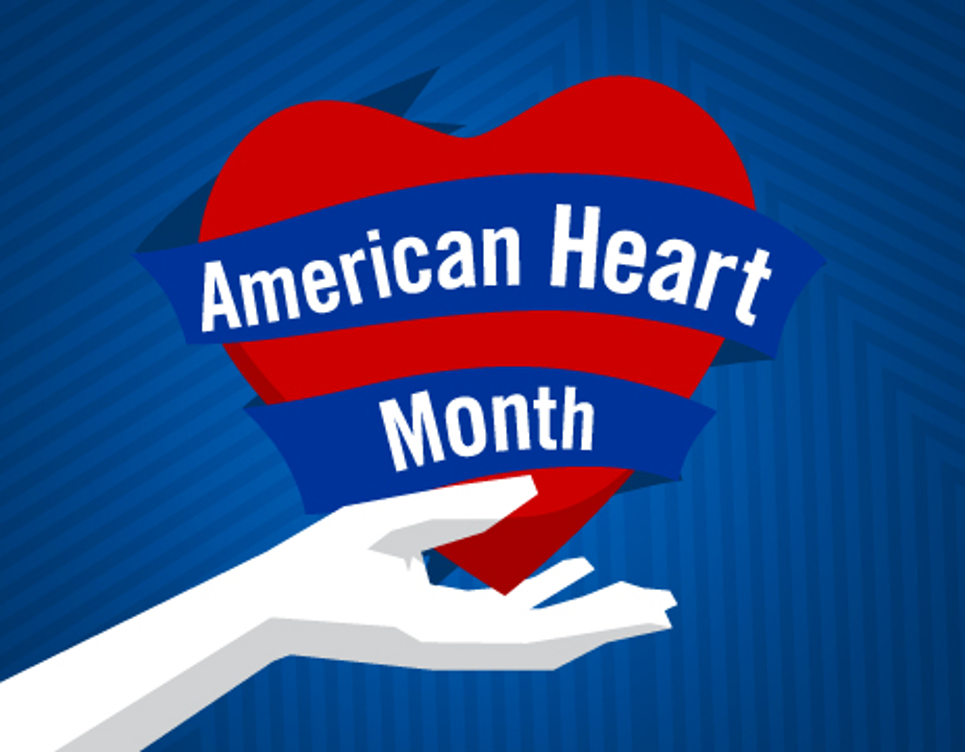February Is Heart Month
go.ncsu.edu/readext?845885
en Español / em Português
El inglés es el idioma de control de esta página. En la medida en que haya algún conflicto entre la traducción al inglés y la traducción, el inglés prevalece.
Al hacer clic en el enlace de traducción se activa un servicio de traducción gratuito para convertir la página al español. Al igual que con cualquier traducción por Internet, la conversión no es sensible al contexto y puede que no traduzca el texto en su significado original. NC State Extension no garantiza la exactitud del texto traducido. Por favor, tenga en cuenta que algunas aplicaciones y/o servicios pueden no funcionar como se espera cuando se traducen.
Português
Inglês é o idioma de controle desta página. Na medida que haja algum conflito entre o texto original em Inglês e a tradução, o Inglês prevalece.
Ao clicar no link de tradução, um serviço gratuito de tradução será ativado para converter a página para o Português. Como em qualquer tradução pela internet, a conversão não é sensivel ao contexto e pode não ocorrer a tradução para o significado orginal. O serviço de Extensão da Carolina do Norte (NC State Extension) não garante a exatidão do texto traduzido. Por favor, observe que algumas funções ou serviços podem não funcionar como esperado após a tradução.
English
English is the controlling language of this page. To the extent there is any conflict between the English text and the translation, English controls.
Clicking on the translation link activates a free translation service to convert the page to Spanish. As with any Internet translation, the conversion is not context-sensitive and may not translate the text to its original meaning. NC State Extension does not guarantee the accuracy of the translated text. Please note that some applications and/or services may not function as expected when translated.
Collapse ▲Heart disease is a leading cause of death in the United States for both men and women. But you can do a lot to protect your heart and stay healthy.
The first step toward heart health is understanding your risk of heart disease. Your risk depends on many factors, some of which are changeable and others that are not. Risk factors are conditions or habits that make a person more likely to develop a disease. These risk factors may be different for each person.
Preventing heart disease starts with knowing what your risks factors are and what you can do to lower them.
Your risk of heart disease is higher if you:
- Have high blood pressure
- Have high blood cholesterol
- Are overweight or obese
- Have prediabetes or diabetes
- Smoke
- Do not get regular physical activity
- Have a family history of early heart disease (your father or brother was diagnosed before age 55, or your mother or sister was diagnosed before age 65)
- Have a history of preeclampsia (a sudden rise in blood pressure and too much protein in the urine during pregnancy)
- Have unhealthy eating behaviors
- Are older (age 55 or older for women or age 45 or older for men)
Each risk factor increases a person’s chance of developing heart disease. The more risks you have, the higher your overall risk.
Some risk factors cannot be changed. These include your age, sex, and a family history of early heart disease. But many others can be modified. For example, being more physically active and eating healthy are important steps for your heart health. You can make the changes gradually, one at a time. But making them is very important.
What can you do?
- Get your blood pressure and cholesterol checked
- Choose heart healthy foods
- Aim for a healthy weight
- Manage stress
- Get regular physical activity
- If you smoke, quit smoking
- Get enough good, quality sleep
For more information on heart health visit the American Heart Association’s website.




